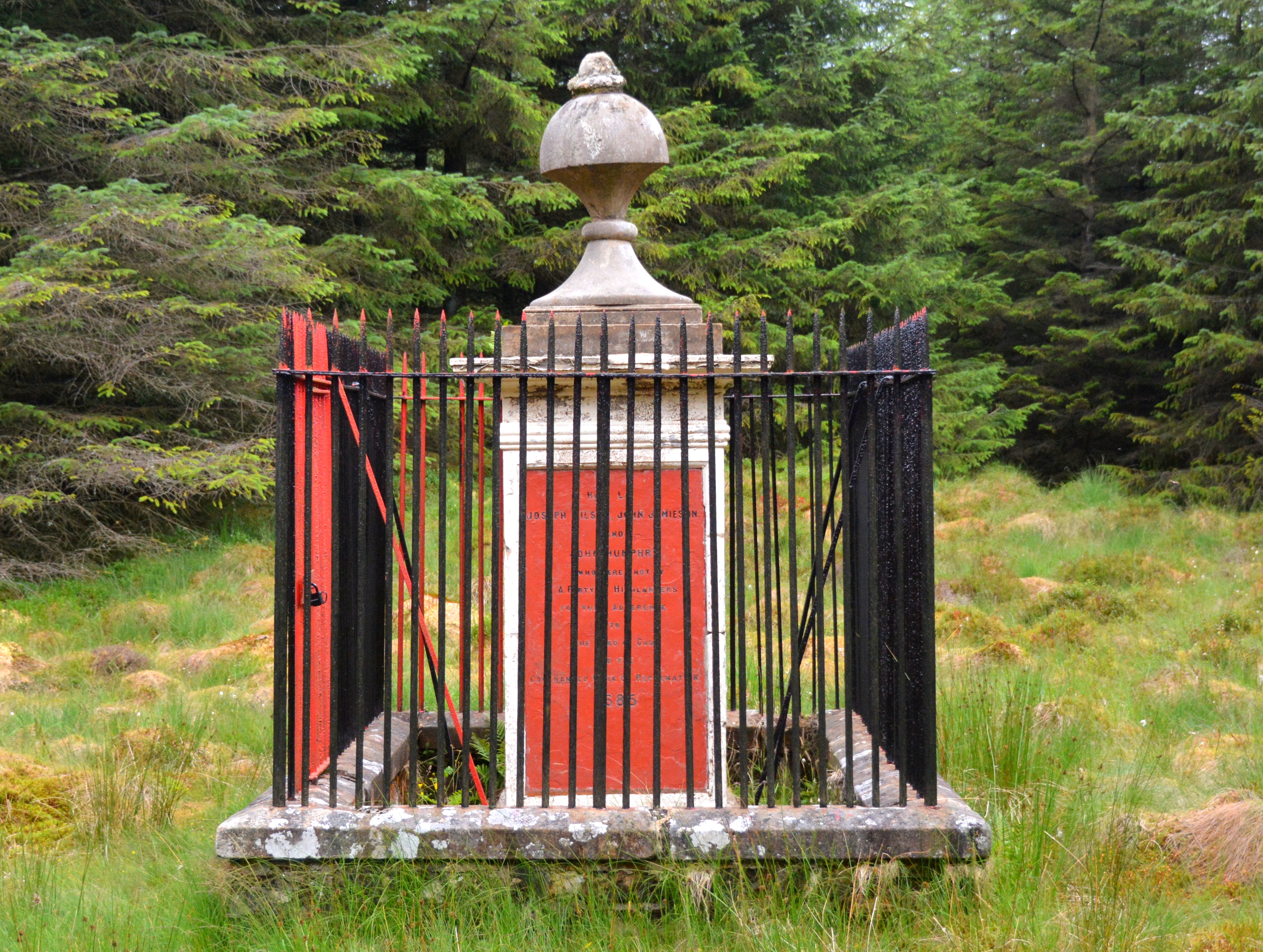Origins of the Covenanters
Tombstones, monuments and memorials are to be found across the length and breadth of Scotland. From Deerness, Orkney to Wigtown in Galloway and from St. Mungo’s Cathedral, Glasgow to Greyfriars Kirkyard, Edinburgh. It was in this kirkyard in the nation’s capital on February 1638 that the National Covenant was signed by nobles, lairds and ministers. This document became the symbolic foundation for Scotland’s battle for spiritual independence from an interfering monarchy, hell-bent on enforcing Anglian innovations on the Reformed Kirk. Copies of the National Covenant were made and taken throughout the land and those that adhered to principles contained therein took their glorious place in Scotland’s history as the Scottish Covenanters.

New Cumnock, like many other parishes in the south-west of Scotland, could rightly be described as a Covenanting parish. The hills of the parish had given shelter to Wallace and Bruce during Scotland’s struggle for independence, Now, almost 350 years later the same hills would provide shelter for the Covenanters; the open-space for their conventicles where they could worship the Lord in relative safety and for many their final resting place and their gateweay to martyrdom.
